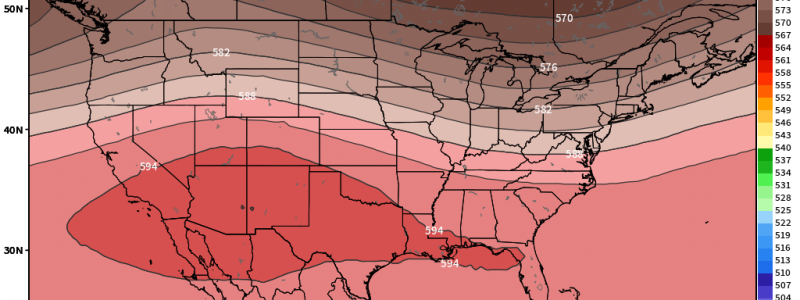
From The Frying Pan To The Fire: A Resurgence of Heat For The Southern US
After weeks of triple-digit heat, one glance at the RTMA Temp Anomaly map shows us that the South-Central US is currently, more or less, back near average.
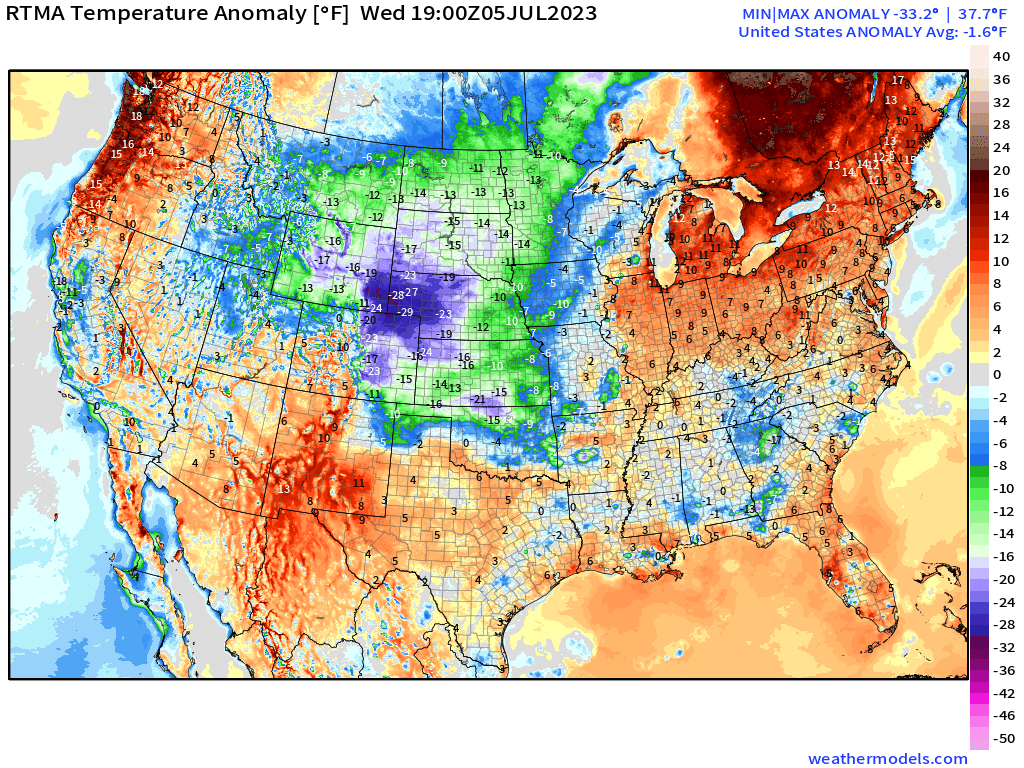
Though humidity is still allowing it to “feel like” around 100 degrees, ridging, though relatively weak, now resides over the Desert Southwest. Stronger ridging in the Gulf of Alaska is also keeping the Pacific Northwest much above average at this time.
However, don’t expect this respite from the heat to last.
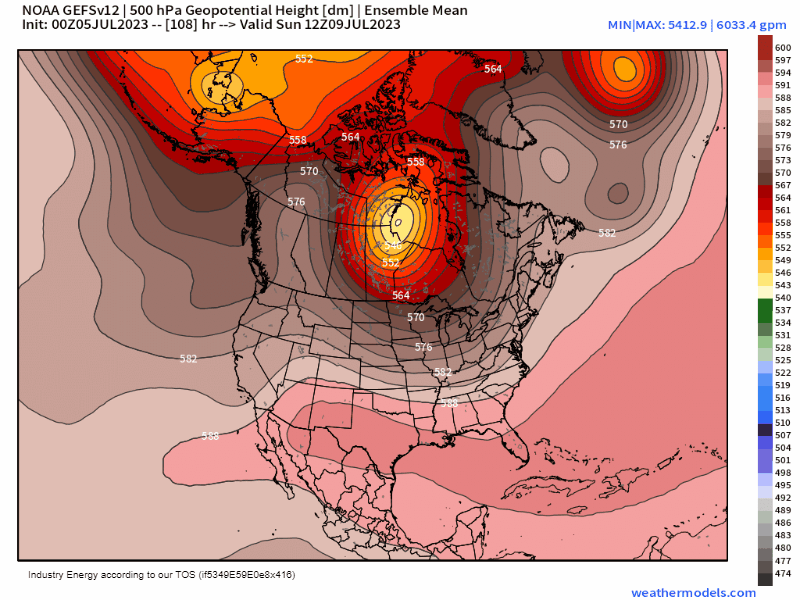
As we move into next week, the synoptic pattern becomes a little less amplified and a little more zonal. This allows a strong, broad ridge to develop over the southern half of the nation.
Note the brief appearance of the 597 dm contour around the Tuesday/Wednesday timeframe. This indicates very hot, rising air at the surface. The CPC Hazards Outlook concurs with this analysis, as they outline most of the southern half of the US in at least a “slight” risk of excessive heat for part of the upcoming week.
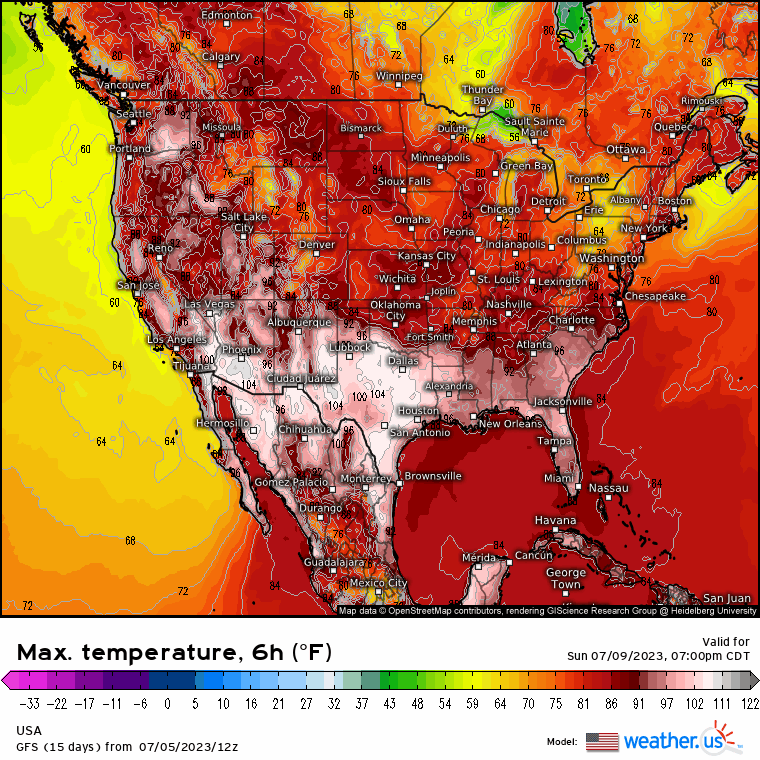
Looking ahead to potential maximum temperatures, we can easily see the return, advancement, and lingering of that 100 F contour.
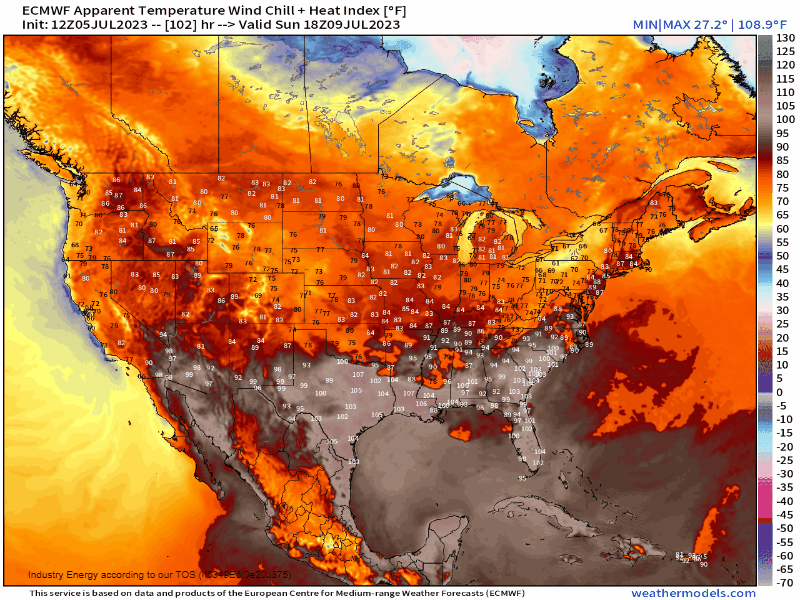
Once we add in that moist air, especially east of the Rockies, “feels like” temperatures could quickly rocket back to 110+ F.
Let’s not forget the overnight lows, too. As temperatures fail to fall below 80 degrees in quite a few places, the body will struggle to reset from the heat of the day. Heat exhaustion/stroke becomes much more likely
As summer is definitely here and intent on roasting the Southern US in its oven, now would be a good time to review heat safety tips before temps are on the upswing again.
- Reduce or reschedule outdoor activities to avoid exposure to sun and excessive heat.
- Wear lightweight, loose-fitting, light-colored clothing.
- Stay hydrated. Drink water even if you don’t feel thirsty.
- Stay cool as best you can.
- Use air conditioning if available.
- Keep your shades closed during the day to reduce how much your home heats up.
- Take cool showers or baths if needed.
- Check on your friends, family, and neighbors – especially if they are older or ill. Make sure they are staying cool and offer help if needed.
These and other heat safety tips can be found via the National Weather Service.
We’ll keep you updated on this potential heat wave as we move toward next week!











